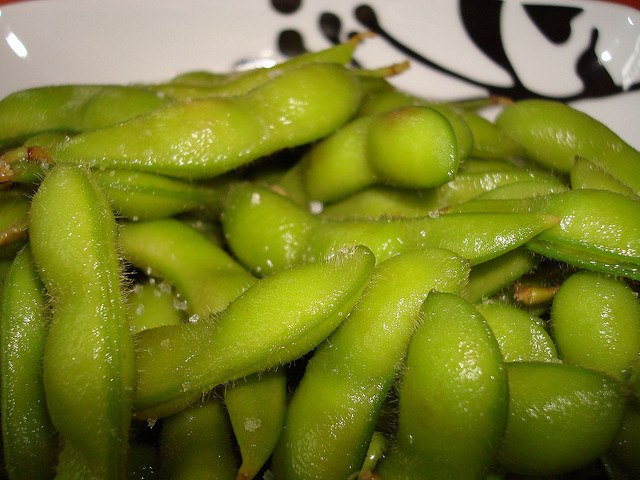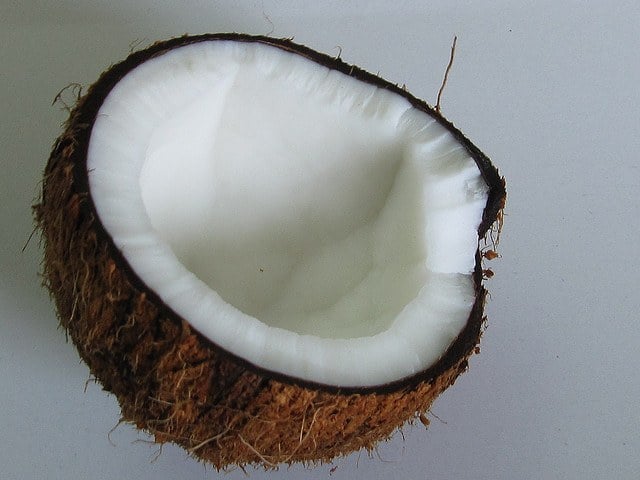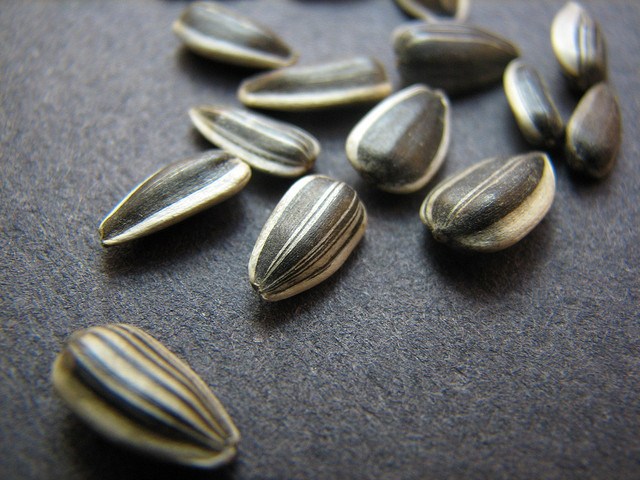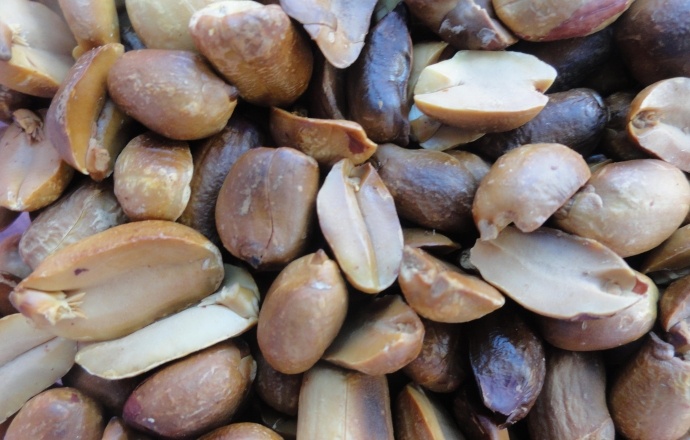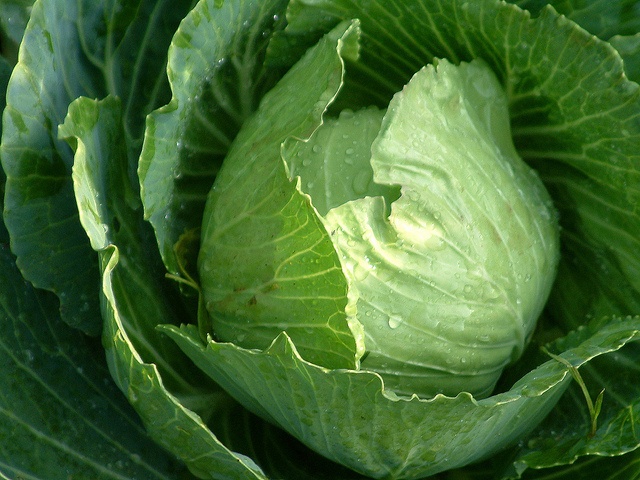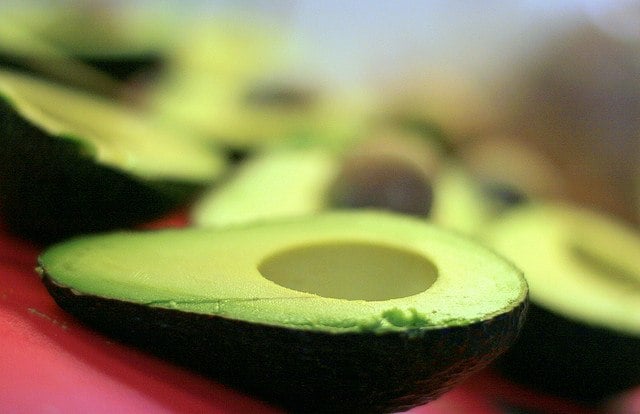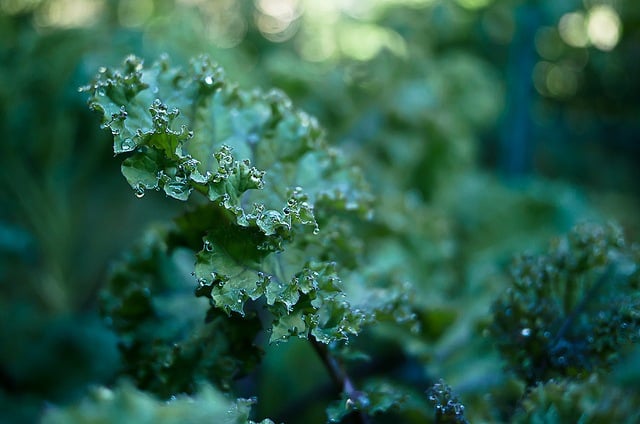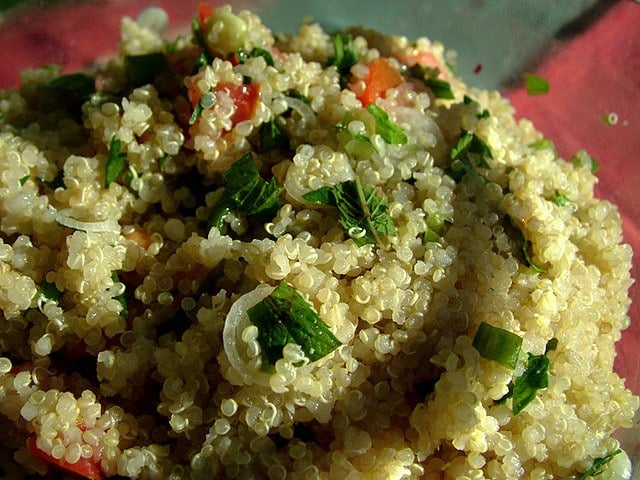Everyone knows that a healthy salad is a great way to pack in those all-important servings of vegetables. However, just sticking to the simple lettuce, tomato and carrot routine really isn’t doing you any favors. There’s a whole world of salad opportunity out there, and some additions to your healthy salad ingredients can actually give you a huge nutritional boost. If you’re looking for a quick and easy way to big up your salad bowl, try investigating these surprisingly simple yet astoundingly healthy additions.
1. Edamame
If you’re a lover of Japanese cuisine, chances are you’ve already been munching on these little babies at your favorite sushi palace. However, did you know they’re also a nutritional powerhouse? One cup means you’ve just gotten 20–40% of your daily intake of protein, fiber, iron, magnesium, manganese, phosphorus, thiamin, folate and vitamin K. These are regularly sold in the frozen section of many supermarkets now, meaning you can just steam them up, slide them out of their pods (the pods aren’t edible) and start chowing down. Delicious and nutritious? We’re definitely down with that.
2. Coconut Oil
If you’re one of those clever health nuts that makes their own salad dressings, you’ve probably come to rely on your old pal, olive oil. However, did you know that coconut oil actually has some excellent healthy benefits you might be missing out on? This little wonder can boost your thyroid function, help to rev up your metabolism, energy and endurance. It’s also great for those with digestive problems. If you’re worried about your cholesterol, coconut oil is also excellent for boosting the good HDL’s in your bloodstream, bringing your cholesterol ratio levels into check. Just because you’re using coconut oil doesn’t mean that you’re salad is going to always taste like a suntan, either. There are new liquid versions on the market that are flavorless and odorless, giving you all of the benefits without all the tropical breezes.
3. Seeds
Sunflower, chia, sesame, pumpkin, flax and pomegranate seeds all make an excellent, crunchy topper to your salad. But did you know you’re also getting a mega-dose of nutrients right along with that flavor? Eating more seeds has been bubbling up with those in the nutritional know for the past several years as a great way to get a big dose of fiber, omega-3’s and protein for very little caloric intake. According to some weight loss experts, getting more fiber in your diet is a big key to boosting your metabolism. While we’re not recommending you go out and start eating your Chia Pet for the nutritional benefits; instead, try looking in your local health food shop for a wide assortment.
4. Beans
One of the world’s cheapest sources of protein and fiber, beans can keep you full until dinnertime and steer you away from that afternoon cookie craving. While occasionally buying beans dry and soaking them overnight is more economical, having a selection of canned beans on hand means you’re never without a buddy for your salad. Try marinating them as a salad on their own, or even create you’re very own vegan bean burger to crumble on top for a super-filling lunch or dinner. Don’t be afraid to try mixing it up, either. Chickpeas, black beans and kidney beans are all very much at home in a salad, and a cheap and healthy alternative to meat.
5. Nuts
If you’re one of the millions of people who are allergic to nuts, then you may just want to go ahead and skip this section. However, if you’re just fine with a handful of nuts, then jump on board and get sprinkling. Nuts are full of vitamin E and other essential nutrients that are great for your skin. They’re also terrific for filling you up and giving you an important boost of protein in your salad. A hot tip: look for nuts that are unsalted and as close to their raw state as possible for the maximum nutritional benefit (i.e. unroasted). Some particularly great salad pals include walnuts, almonds and even chopped peanuts to get an Asian-salad thing working.
6. Spinach
Do you really think Popeye would lie to you? Swapping out your regular, nutritionally sparse iceberg lettuce for something more interesting like spinach can really turn your salad around. Loaded with iron, another surprisingly benefit from this leafy green is that’s it’s also outstanding for those who have skin problems, as it’s loaded with nutrients for healthy skin. Not sure you’re ready for the change? Try a mix of spinach with your favorite lettuces to get yourself into the nutritional groove.
7. Cabbage
While we’re on the topic of mixing up your leaves, then now’s as good a time as any to turn an eye to the much-maligned but incredibly delicious cabbage. Cabbage comes in all sorts of colors, including purple, white and green, meaning you can pretty up your salad into an eye catching lunch or dinner you can’t wait to dive into. Eating cabbage is also somewhat like taking a multivitamin, as it’s loaded with goodies like calcium, potassium, phosphorous, manganese, iron and magnesium. It’s also so low in calories, it almost shouldn’t count. Try marinating thinly sliced cabbage with the juice of 1/2 a lemon, a spoonful or two of tahini, some fresh garlic and a little olive oil for a truly Middle Eastern delight.
8. Avocado
We’ve already been over how mind-blowingly delicious and super-nutritious these little fruits are in previous articles, but are you remembering that all that goodness can also fit into your salad bowl? Loaded with heart-boosting mono-unsaturated fat, a great source of fiber and teeming with over 20 essential vitamins, minerals and phytonutrients, just simply throwing a chopped avocado in with your usual salad can really give you a huge boost. Additionally, you can make excellent dressings by using avocado, thus cutting out most of the fat and calories in your bowl.
9. Kale
Kale’s been the frontrunner in the superfood stakes of late, and deservedly so. As a dark, leafy green, it’s one of the foods you should be eating regularly, and working it into your salad routine isn’t hard at all once you’ve got the knack. Eating a cup of kale is like getting a direct shot of important antioxidants, iron, vitamin K and other important nutritional benefits. It’s also low in calories and high in important fiber. Try adding it chopped and raw to your salad mix, or you can even try crumbling kale chips on top of your salad for added crunch. Finally, you can even make a dressing out of it that’s somewhat in line with pesto. Just try loosening it with a little extra oil or even some added lemon juice.
10. Quinoa
One of the best things you can do for your salad (and to keep yourself interested in eating healthy) is to look for textural contrasts, great colors and different flavors. Quinoa can help you check all of these boxes, giving a slightly nutty taste while diversifying your salad plate. Though it’s often referred to as a healthy whole grain, it’s actually a sprouted seed. It’s also the most perfect food for those looking to pack in the protein, particularly vegetarians and vegans, as it has the full range of the 9 amino acids to make it a complete protein. If you’ve never made quinoa before, try watching this tutorial video for getting it right every single time, then start playing with your flavors. It can go sweet or savory, making it not only the perfect healthy salad addition, but also a great anytime snack.

